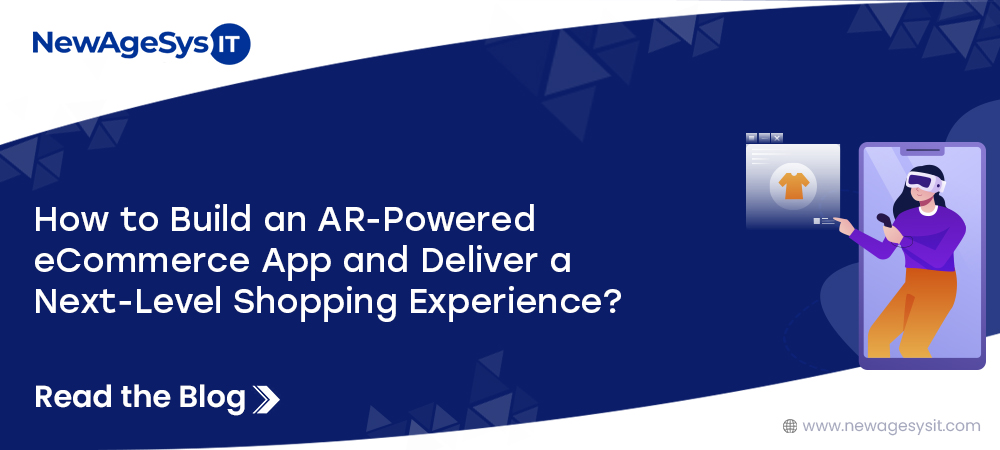Businesses often struggle with legacy or outdated systems. This is not new. But now, with AI and advanced automation, the difference between legacy and modern systems is becoming more evident than ever, especially when it comes to increasing security and improving efficiency. In fact, according to a report from Statista, they are the two major drivers for modernizing legacy applications.
But does that mean you have to put your business on hold so that you can modernize your system?
Shutting everything down so that you can modernize your legacy systems is highly impractical. This is where incremental modernization becomes increasingly relevant to your business. Here, we discuss everything you need to know about incremental approaches to modernization and their benefits to your business.
What is Incremental Modernization of Legacy Systems?
Incremental modernization is a straightforward approach to upgrading legacy systems in small and manageable steps instead of all at once. It is often more practical and efficient than a complete overhaul.
Modernizing your legacy system incrementally is like renovating your home or office building room by room. On the other hand, a complete overhaul is equivalent to tearing down the whole building and reconstructing it. As you can imagine, the former approach is more effective and economical.
Furthermore, incremental modernization is less disruptive to your business, while a complete overhaul is time- and resource-intensive. As a leading expert in Software Development Services, NewAgeSysIT always advises incremental modernization over a big-bang approach.
It allows your legacy components to coexist with modernized ones, keeping your system working. Of course, incremental modernization may not always be ideal based on your unique situation. A reputable Custom Software Development company like NewAgeSysIT can quickly identify the best approach to modernizing your legacy systems and choose the path of least resistance.
Pro Tip: Identify quick-win areas (such as UI upgrades or API integration) before tackling more substantial infrastructure changes.
Types of Incremental Modernization Strategies
There are different incremental modernization approaches or strategies for modernizing your legacy systems. The following are some of the most significant approaches to incrementally upgrading your business.
- 1. Component-Based Modernization
- Break the system into smaller, independent components and upgrade them one at a time.
- 2. API-First approach
- Wrap legacy system functions in APIs so they can interact with modern applications.
- 3. Strangler Fig Pattern
- Gradually replace old system features with modern versions while the legacy system remains operational.
- 4. Rehosting (Lift-and-Shift)
- Move the legacy system to a modern infrastructure (e.g., cloud) without changing its code.
- 5. Replatforming
- Move the system to a new platform with minimal modifications.
- 6. Microservices Adoption
Breaking a monolithic system into smaller, independently deployable microservices.
When Should You Incrementally Modernize Your Legacy Applications?
Businesses using legacy or outdated systems often struggle to upgrade them while maintaining daily operations. In this situation, companies turn to incremental modernization, which allows them to modernize their systems without disrupting their day-to-day operations.
The key to effective incremental modernization is to detect its need early and implement necessary changes. Following are some clear signs that your legacy system might need modernization.
- High maintenance costs and frequent downtimes.
- Incompatibility with new technologies.
- Security and compliance risks.
- Poor performance and scalability issues.
- Knowledge gaps and IT talent shortages.
All of the signs above clearly indicate that your legacy systems need modernization. However, depending on your unique situation, whether an incremental or big-bang approach to modernization is better suited for your business can vary. The incremental modernization approach is ideal if you meet the following criteria.
- Your existing system is mission-critical and can’t afford downtime.
- Budget constraints make a complete rebuild unrealistic.
- You want to adopt modern technology without disrupting operations.
- You want early ROI with quick incremental updates.
On the other hand, a dull system overhaul is a better choice for your business if the existing system has become practically obsolete. You can also consider a Big Bang approach if you need a complete shift in business processes and architecture or if the existing tech stack can’t support modern security standards.
As a leading mobile and Web Application Development expert, NewAgeSysIT prefers incremental modernization. It is never wise to wait until your system fails to start modernization. Moreover, identifying early signs lets you begin with minor, manageable upgrades with zero downtime.
What Are the Benefits of Incremental Modernization for Your Businesses?
Even though we live in the age of AI and automation, many businesses continue using legacy systems. While legacy systems can get the job done, it is only a matter of time before such companies come face-to-face with scalability, security, and performance challenges. Hence, incremental modernization is slowly but surely becoming inevitable for businesses. Furthermore, it provides you with the following advantages.
Lower Risk Compared to Full System Overhaul
The reality of full system replacements or overhauls is that they disrupt operations and can often fail due to unexpected complications. By replacing small components first, incremental modernization ensures that each small upgrade works before moving on to the next one.
Cost-Effective & Budget-Friendly Approach
Another significant downside of complete system modernization is its substantial upfront investment. At NewAgeSysIT, we advise everyone seeking our Implementation Consulting services to prioritize incremental modernization over complete system overhaul, as the former is the more cost-effective and budget-friendly approach. Furthermore, this approach allows you to spread costs over time by modernizing in phases, minimizing financial strain.
Pro tip: Prioritize high-impact upgrades first to ensure immediate ROI.
Ensures Business Continuity with Minimal Downtime
As you can imagine, a complete system replacement can be time-intensive, ultimately leading to months of downtime. More importantly, it can disrupt revenue and customer experience. With incremental modernization, you can avoid such issues and ensure that your organization’s critical functions remain operational while upgrading.
Scalability & Future-Proofing
If you are still using legacy systems, you already know how challenging it is to deal with growing data, users, and new integrations. Incremental modernization lets you adopt cloud, microservices, and APIs step by step. The result? You get to ensure the scalability of your business without overhauling everything at once.
Strengthens Security & Compliance
One of the most significant concerns with using legacy systems for your business is having outdated security. The last thing you want for your business is to make it vulnerable to cyberattacks. Our IT Security and Cybersecurity services focus on protecting businesses online and their precious data. Incremental modernization enables us to prioritize security upgrades, patch vulnerabilities, and meet compliance requirements.
Pro Tip: Start with data encryption, access controls, and compliance-driven updates before tackling larger system upgrades.
How to Implement Incremental Modernization for Your Business?
You can implement incremental modernization for your business in two ways—the easy way and the hard way. The easy way is to hire an expert like NewAgeSysIT to assess and modernize your legacy system with zero downtime. However, if you have in-house experts, you can follow the steps below to modernize your legacy systems.
Step 1: Assess Your Current System & Identify Priorities
Step 2: Define a Modernization Roadmap & Business Goals
Step 3: Choose the Right Modernization Strategy
Step 4: Test, Iterate, & Optimize at Every Stage
Final Thoughts
Every growing business must modernize its legacy system to stay relevant in the evolving digital space and deliver a quality customer experience. This fact cannot be ignored. The experts at NewAgeSysIT can help you on this journey with specialized incremental modernization services.
Our years of experience and team of certified experts can help you assess your legacy system and create a personalized roadmap to modernize it. Furthermore, we can help create a plan to address your most concerning business aspects or processes and gradually prepare it for advanced scalability and performance.
Get a personalized incremental modernization roadmap for your business from NewAgeSysIT!








